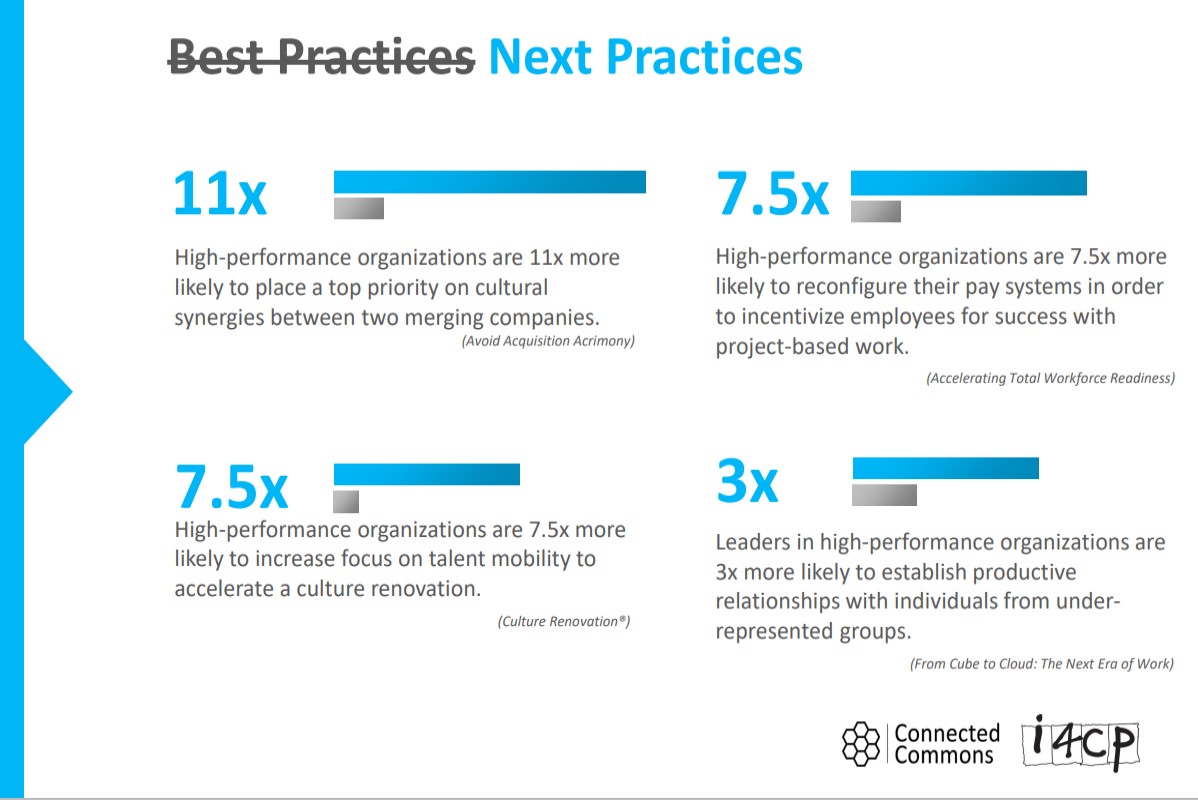It’s no surprise that overtly toxic cultures can severely threaten the productivity of an organization. But what about the impact of a less obvious type of toxicity: microstress? It turns out that allowing microstress to fly under the radar can take a debilitating cumulative toll on employees.
Microstress, which is stress triggered by people in our lives, “is like death by a thousand papercuts,” says Carrie Bevis, managing director, communities and partnerships at HR research firm i4cp. “It’s a moment of stress and we experience these a dozen times every day.”
As microstresses accumulate over a day or week, employees’ working memory can shrink and attention and responsiveness can drop. Microstress can be difficult to diagnose because it doesn’t elicit the same fight or flight response as a major stress event.
But over time, like a major stressor, microstress also raises blood pressure and heart rate and causes hormonal and metabolic changes in the body, Bevis said during her presentation “How to Create a Thriving Culture Through Intentional Relationships” this week during HRE‘s Health & Benefits Leadership Conference in Las Vegas.
See also: Soundbite: How a ‘surge of stressors’ is draining workers
Three kinds of microstress

Micostress falls into three types. One will drain your personal capacity, the second can delete your emotional reserves and the third can challenge your identity and values, making you act and feel quite not yourself, Bevis says.
“Culture health could be a proxy for employee productivity,” she adds, noting culture fitness, for example, can result in nearly a 20% variation among organizations’ employee productivity during a two-year period.
That healthy culture can translate into high performance for a company, yielding such results as revenue growth, capturing market share, profitability and customer satisfaction.

On the flip side, companies with any one of nine toxic culture traits can diminish culture health by 15% to 22%, according to an i4cp report. Topping the list of the nine traits are bureaucratic, non-inclusive, disrespectful and chaotic.
These nine toxic traits are manifested by disrespect, pay inequity, lack of recognition and bullying, Bevis says.
How to combat microstress and create a healthy company culture
Organizational resilience to fight microstressors can be built through relationships, Bevis says.
For example, bosses can encourage employees to push back on unnecessary work and deadlines, while leaders can also help to shift work or manage work surges. Members of an employee’s team can offer a broader perspective on situations, such as office politics or confrontations with fellow workers.
Bevis also offered four actions that HR leaders can take to build a healthy culture.
- Train company leaders on organizational values and acceptable behaviors.
- Create flexible work arrangements that can allow employees to have a full life.
- Hold leaders accountable for employee outcomes, such as wellbeing.
- Develop a learning culture to increase agility.
She adds that HR leaders can help employees learn to manage microstress.
“It is up to us to determine when we will allow these microstressors to hit us,” Bevis says.
The post Microstress can kill productivity and hurt company culture; 4 ways to fight it appeared first on HR Executive.